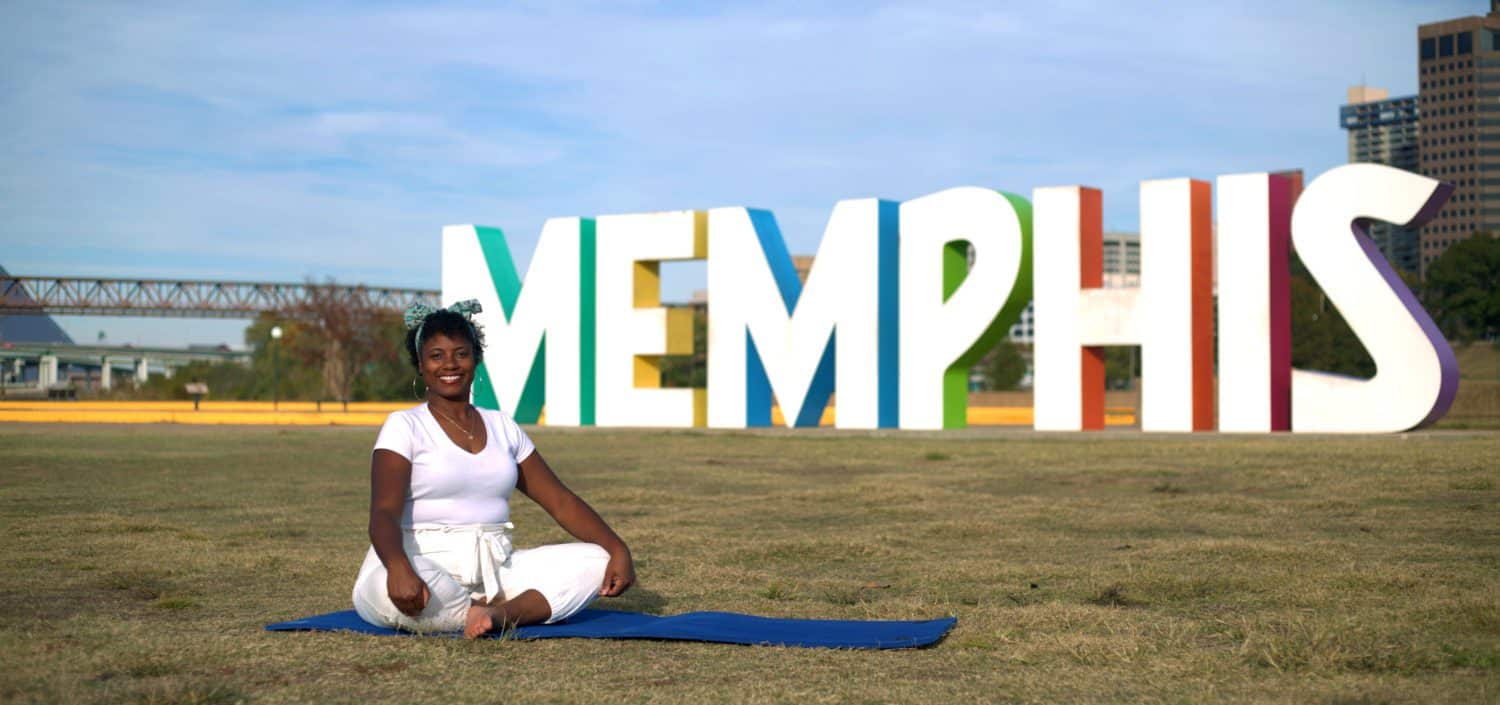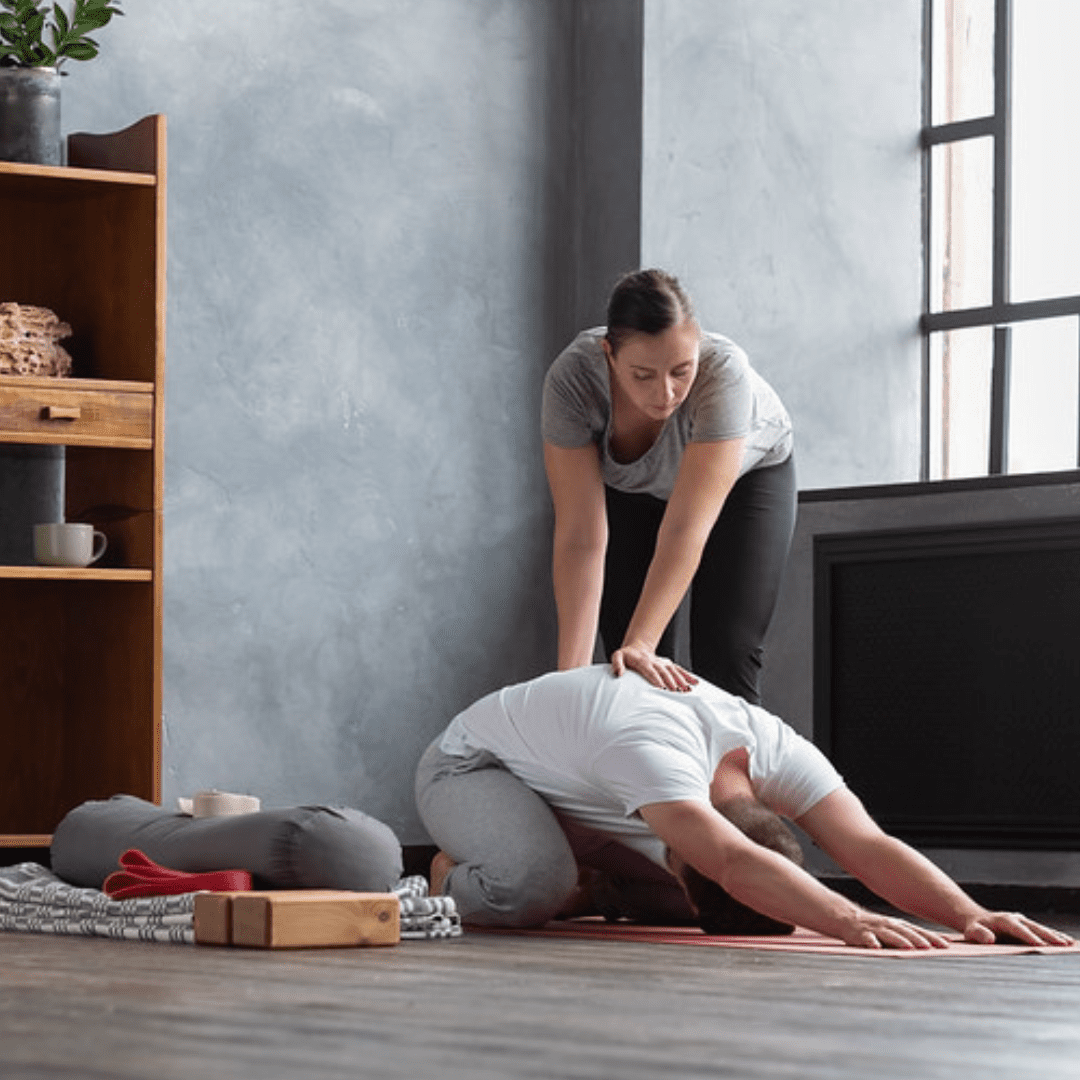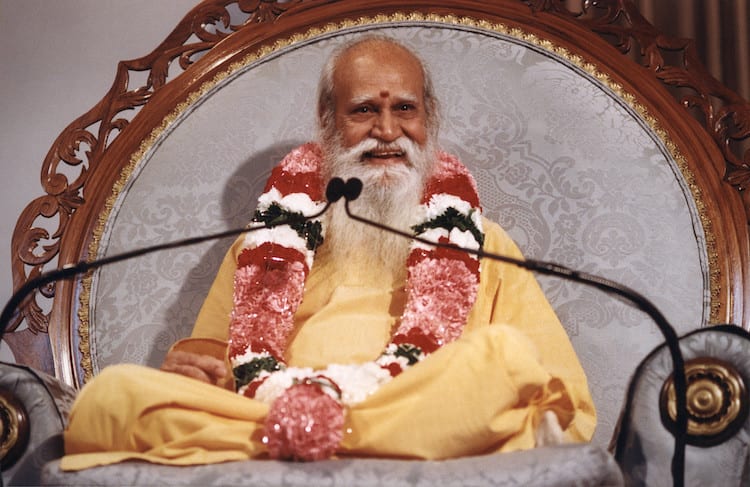THE GIFT OF OUR ATTENTION may be the greatest offering we can give our students who are dealing with cancer or chronic illness.
As we progress in teaching we gain experience. We learn what works and does not work for different students: Each subsequent student gains benefit from the things we learned from our previous students. We gain knowledge of how to express things to communicate better, how to suggest adaptations that allows each individual to progress without inducing tension or strain. Generally, as our teaching experience grows it tends to become a deeply intuitive process which we trust with a deepening enthusiasm. First and foremost in this developing, educational process is for us to give the gift of our attention to every client in our practice, to be present to each person respecting exactly where they are at each moment in their ongoing development.
A diagnosis of cancer can mean a rush of well-meaning friends with advice about what to do: See this doctor, read this book, try this supplement, go to this special practitioner. A cancer diagnosis is overwhelming enough: It puts most receivers into a state of anxiety and stress. To be swamped by well-meaning advice and suggestions can add insult to injury, trauma to trauma. In the early days of a diagnosis people are often raw and vulnerable. What is needed most is for the person to be allowed to express their fears and feelings and to have those fears and feelings received by another—simply received. However, in addition to being inundated by well-meaning friends who offer advice and suggestion, the newly diagnosed person often feels isolated and alone because family, friends and colleagues often pull back and avoid communicating. It is natural to feel discomfort when hearing news of a diagnosis delivered to someone we care about.
People tend to avoid uncomfortable situations in general because of not knowing what to say or how to respond appropriately. This is a sad fact that adds injury, when just being present to another human being with the gift of our attention is enough. To be present to the feelings and needs of another person is the start of a therapeutic relationship: We choose in that moment to leave our fears and feelings aside and to create a container of support that receives another person’s fears and feelings.
What are some of the components of being present, of active listening?When we are actively listening, the mind is on hold in some way. It is not actively concocting a response. It is not busy with planning what to say next. It is in receive mode. As it receives each word, each phrase from another it underlines and highlights the particulars of what it is hearing. When our minds are busy preparing what we are going to say, we are not really listening. When we are not really listening, we are not really receiving the communication: We are in react mode not receive mode. When we do not receive a communication, it leaves the delivery person stuck with the whole package.
In the YCat training, faculty use a simple demonstration to exemplify this fact: While other trainees are not aware of the cue, someone on the YCat faculty cues a trainee NOT to accept a small item like a pen. The faculty member then tries verbally to coax that trainee into taking that item over and over. It is visually clear to everyone that the person holding that item is stuck with it. Unfortunately, when our communications are not received we can all become like stuck records instead of release things. But, when someone truly hears us, truly receives us, we can move to the next note and sing the next song.
This brings me to the model of the wounded healer so eloquently described by Rachel Remen, MD who is the medical director of Commonweal (see commonweal.org), and the author of two books, Kitchen Table Wisdom and My Grandfather’s Blessings. I have been on staff for the Commonweal cancer help program for 25 years. The wounded healer model suggests that it is my personal wounds that allow me to see, to recognize and to be present for other people and for their wounds. This model levels the playing field: I don’t stand above as an expert; I stand beside as an equal – another human being who has known suffering and has wounds. This distinction is very clear to anybody who has or has had cancer or other life-threatening illness.
From their experience in the trenches of medical treatment people develop very strong perceptors to recognize when condescension, ingratiation or pity is present or when people are hiding behind the initials that follow their names (MD, RN, PhD, LCSW, RYT-500, etc.). Healing is possible when people’s fears and feelings are validated by being listened to and received. I often tell people that feelings are not right or wrong, they just ARE and to the extent that we can be present to our feeling, validate them and accept them, those feelings are free to move and change. But, when we resist things as they are by trying to push them away or change them prematurely, we are solidifying them in place and preventing that movement that will naturally allow things to change.
The degree to which we can be present to our own inadequacies and insufficiencies becomes a part of the container that allows us to be present for the fears and feelings in our clients. Our awareness of our own limits can protect our clients from doing something harmful to them in practice and in life. We are much more attentive and careful in our words and actions, when there is a little bit of apprehension present. Too much and we are stifled, none and we are reckless. Being present to ourselves and listening to our own needs, our own fears, our own feelings is the first essential step in being able to be there in truly healing ways for others by offering the gifts of presence and attention.
(by Jnani Chapman, from the February, 2013 IYTA Newsletter)
About the Author(s)
Jnani Chapman, R.N., E-RYT 500, founded and directs YCat Yoga therapy to train Yoga teachers and health professionals to adapt the practices of Yoga for people with cancer and other chronic or life-threatening illness. Her website is: www.yogaforpeoplewithcancer.com



